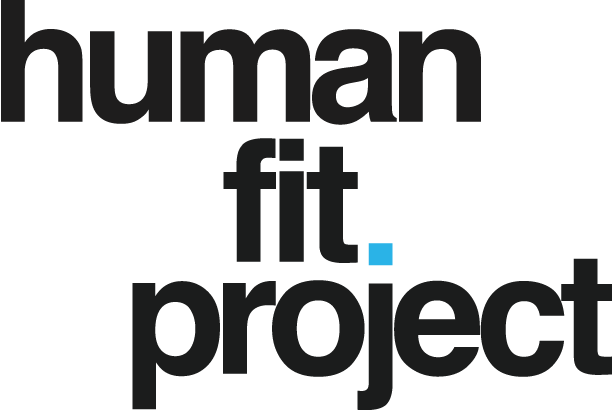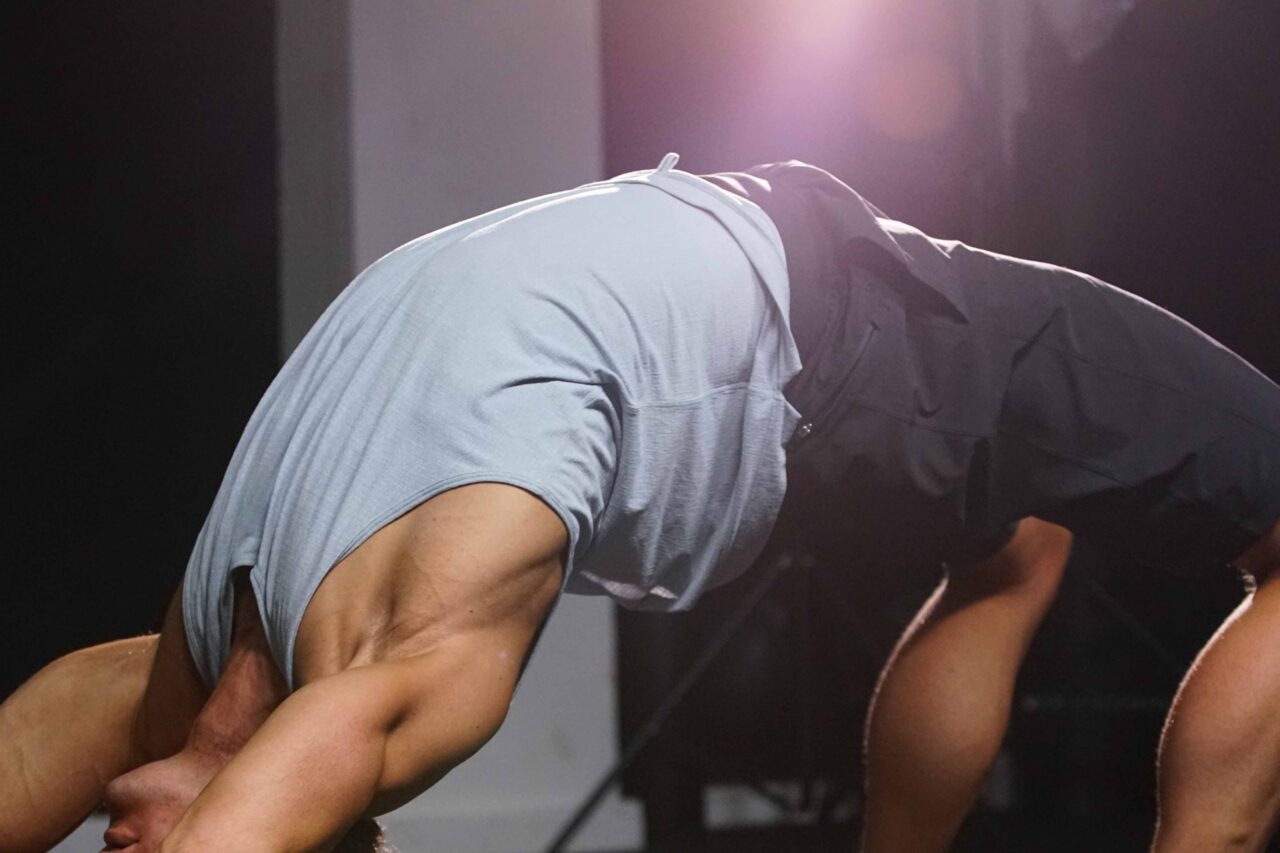Reality is: As we get older our strength, power, and endurance declines, we ache a little more, and take a little longer to recover. However, that doesn’t mean there aren’t things we can’t do to slow down the decline. In fact, there’s a lot we can do. And, there’s a lot of incredible body transformations that can happen. Sticking to a workout plan like this over-40 workout plan is a perfect place the start.
Another is to optimize other things like sleep and nutrition. Check out this piece on the perfect day for brain and body performance for more on that subject.
Want more workout plans? Check out our collection of 35+ free workout plans for different fitness goals and abilities.
Don’t forget to follow us on Instagram!
Related: 10 essential supplements for people over-40 to build lean muscle
Train smarter. Recover better.
The Simone OS helps you adjust your workouts, check in with your nervous system, and stay consistent — even on the off days.
Eat cleaner. Get leaner.
The Fat Loss Meal Planner helps you build high-protein, macro-aligned meals that actually support your body — and your goals.
What Over-40 People Need to Know
Working out over the age of 40 really isn’t too much different than in your 20s and 30s, there’s just some things to be more mindful of. Here’s what we factor in:
1. Heart health
The Department of Health and Human Services recommends 150 minutes of moderate aerobic activity or 75 minutes of vigorous aerobic activity per week to keep the heart strong and efficient. The best way to do this, in our opinion, in several walks throughout the day, everyday, along with two dedicated “cardio” days. One that’s “long” or around 45-60 minutes, and another that’s short and intense, around 15-20 minutes. Coupled with 3 daily walks (around 10-20 minutes each) should have you well covered.
2. Mobility
When you’re over 40, everything tends to get tighter and / or stiffer so making sure to thoroughly warm-up and practice mobility-specific routines to prevent injury. What typically causes an injury is a movement or action that the body is either not ready for or isn’t able to handle. For example, if you sprint without warming up, your hamstrings, calves, quads, and glutes are compromised. Or, if you press a weight overhead when your shoulders don’t have adequate range of motion, you’re also compromised. Everyone should be stretching and performing mobility exercises everyday, but the older you get, the more important it is.
Try our daily wind down routine for some ideas on how to work on your mobility every night.
3. Power
Research has shown that power starts to decline rather quickly after the age of 35. That means things like jumping, sprinting, or anything done explosively might be done less explosively as we age. The best way to mitigate that decline? Make sure to power exercises remain in your workout plan. Think: sprints, box jumps, jumping lunges, explosive chops, clapping push-ups. Anything plyometric is an important addition.
4. Joint Health
Similarly to our point about the importance of mobility and warming up, sometimes exercises need to come into play for the over-40 athlete. For example, if your lower back hurts from back squats, you could switch to front squats or goblet squats to minimize the strain in the lower back. If your shoulders get achy from overhead presses or bench presses, you could switch from a traditional press to a neutral grip position. Another excellent option is to incorporate more 90-degree movements with eccentrics. Dr. Joel Seedman, a PhD in Kinesiology and owner of Advanced Human Performance cites a lot of strong evidence for this style of training. To put it as simply as possible, instead of putting the body through full ranges of motion under heavy loads, he suggests only 90-degrees and with more focus on the eccentric. This is relevant to all age groups, but can particular helpful to the over-40 athlete.
Another great way to keep the body aches away, is building a rock-solid core. Check out these 20+ ways to give your core a great workout.
5. Recovery
When you’re in your teens, 20s, and even your 30s, you can come back quickly from tough workouts or regular dose of tough ones, but for the over-40 crowd, recovery becomes a bit more difficult. The best way to look at this is, you still put in hard work, but maybe instead of 4 strength days, there’s just 2 or 3. One of our favorite ways to monitor recovery is with a Whoop or Oura Ring. If your HRV is high and recovery is high, it’s OK to go hard. If you HRV and recovery is low, it’s best to pull back a little bit.
How The Over-40 Workout Plan Works
There are two strength training days, two mobility/active recovery days, one HIIT day, one long cardio day, and one total off/recovery day. The two other days are dedicated recovery days. On the strength days, the volume (or amount of sets and reps you do) is on the lower side. If you notice you’re very sore, cut it back even further.
The Over-40 Workout Plan Directions
Follow the program below as prescribed for 6 to 8 weeks. Your goal, as always, is to slowly increase the resistance your user on strength training exercises. For the cardio, just try and stay in the zone 2 range, or 60% of your max heart rate.

The Over-40 Workout Plan Weekly Schedule
Make sure to thoroughly warm-up before each and every session for a minimum of 10 minutes.
Monday – Lower Body
Walking lunge 3 sets of 12 reps
Box jump 3 sets of 5 reps
Trap bar deadlift 3 sets of 8 reps
Bulgarian split squat 3 sets of 8 reps per side
Goblet squat 3 sets of 10 reps
Rest 30-60 seconds between sets.
Tuesday – Lower Body Mobility
World’s Greatest Stretch 2 sets of 5 reps per side
90/90 transitions 2 sets of 10 reps per side
Low lunge 2 sets of 30 second holds per side
Cossack squat 2 sets of 10 reps each direction
Scorpion 2 sets of 5 reps per side
Pigeon pose 2 sets of 30 seconds per side
Minimal rest between sets.
Wednesday – Full Body HIIT
High Knees x 30 seconds
Mountain Climbers x 30 seconds
Squat Thrusts x 30 seconds
Rest 30 seconds. Repeat 5 rounds.
Jumping Lunge x 30 seconds
Butterfly sit-up x 30 seconds
Skaters x 30 seconds
Rest 30 seconds. Repeat 5 rounds.
Thursday – Upper Body Mobility
Cat cow 2 sets of 6 reps in each position
World’s Greatest Stretch 2 sets of 5 reps per side
Shoulder CARs 2 sets of 5 rotations (forward and back)
Thread the needle 2 sets of 5 reps each side
Bretzel stretch 2 sets of 30 second holds per side
Seated twist 2 sets of 30 second holds per side
Minimal rest between sets.
Friday – Upper Body
Pull-up or Lat pulldown 3 sets to failure or 12 reps
Seated row or Dumbbell row 2 sets of 12 reps
Neutral grip floor press 2 sets of 12 reps
Dumbbell push-up 3 sets to failure
Neutral grip shoulder press 2 sets of 12 reps
Curl (dumbbell or cable) 3 sets of 12 reps
Cable tricep pushdown or Dumbbell tricep extension 3 sets of 12 reps
Rest 30-60 seconds between sets.
Saturday – Long Cardio
There are several options: Go for a long run for 45-60 minutes, go for a bike ride for 60 minutes, or combine multiple pieces of cardio equipment like the rower, ski erg, and bike for a total for 60 minutes. Another option would be to go for a long hike or ruck.
Sunday – Off
Take this day completely off to allow for full recovery.
Disclosure: This post contains affiliate links. As an Amazon Associate, we earn from qualifying purchases.




